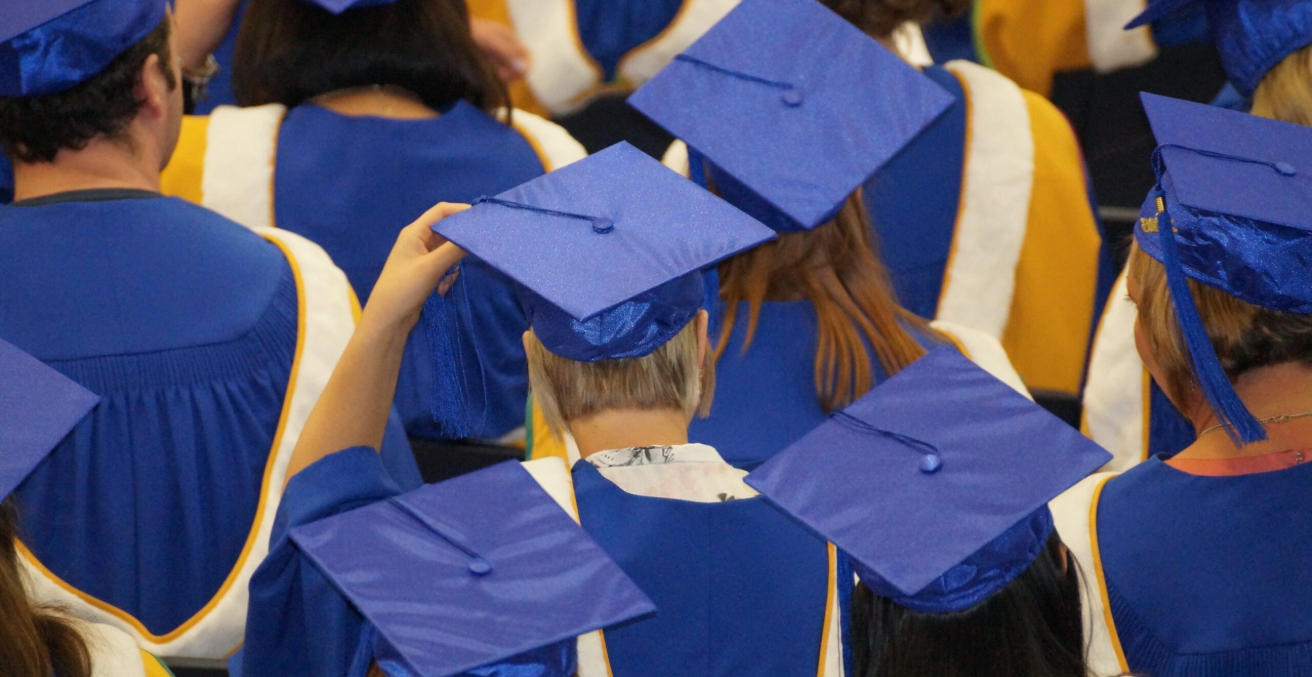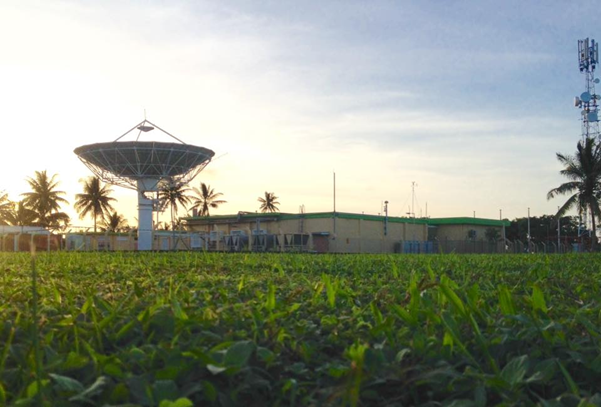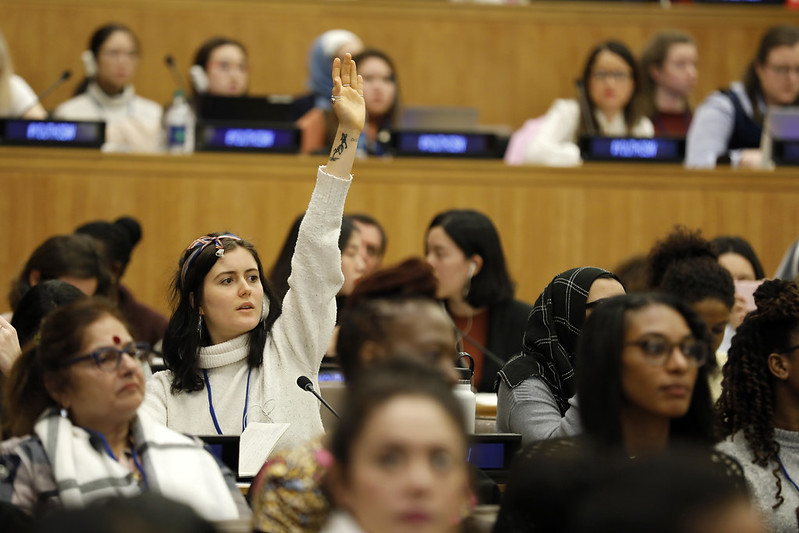Australia’s increasingly restrictive international student policies—ranging from visa fee hikes to enrolment caps—risk undermining one of the country’s most valuable export sectors. As political rhetoric intensifies, the long-term consequences may include diminished global competitiveness, reduced migration potential, and weakened ties to the Indo-Pacific region.
In recent years, the US government has implemented several policies that have been perceived as adverse to international students. These include expanded visa revocations through a “Catch & Revoke” policy, stricter scrutiny of Chinese students and those in sensitive fields, and deportations of students involved in pro-Palestinian activism, raising serious due process and free speech concerns. The Trump administration also threatened to decertify universities like Harvard and to freeze federal funds. These actions, coupled with increased social media vetting and visa interview delays, have created a hostile environment, jeopardising student status, discouraging future applicants, and financially straining institutions reliant on international tuition revenue.
Not alone but in pairs, similar things are happening in Australia. Canberra has recently enacted a series of policies that have been widely criticised as unfriendly to international students. Visa fees have surged from AUD$1,600 to $2,000 as of 1 July 2025, making Australia the most expensive destination among major English-speaking countries and generating approximately A$760 million over the next four years. At the same time, the government has capped new student enrolments at 270,000 in 2025, citing concerns about housing. There has been a crackdown on “ghost colleges,” with over 150 shut down, and visa refusals for vocational students rising from five percent to over 30 percent. These measures—steep fees, enrolment limits, and stricter provider oversight—have strained pathways for international students.
Why, in so many Western countries, such as the US and Australia, do international students become a big issue? Let us use Australia as an example. It is well known that international students make a substantial contribution to Australia’s service exports. In 2023-24, services exports amounted to $124 billion, making up roughly 20 percent of Australia’s total exports ($659.4 billion). Over the decade, the service’s share has fluctuated: pre-COVID it was around 25 percent, before plunging to below 20 percent during the pandemic (2020-21), and then recovering to a stable 20-22 percent level.
And what about the education sector? International students are a powerhouse in Australia’s economy and cultural fabric. According to the Australian Bureau of Statistics, over the past decade, education-related export revenue has consistently accounted for a 30-42 percent share of Australia’s total services exports. In the 2023-24 financial year, their in-country expenditure—covering tuition, accommodation, food, transport, and health—contributed $50.5 billion to the national export total. Over the past two decades, onshore student numbers have tripled from approximately 182,000 to over 566,000, representing about one in 33 Australians. Revenue from international education—around $51 billion in 2023-24—constitutes Australia’s fourth-largest export after minerals. The National Australia Bank found that student expenditure contributed 0.8 percentage points to GDP growth in 2023, accounting for over half of the 1.5 percent growth that year. Universities Australia estimates that they support more than 250,000 jobs across various sectors, including hospitality, retail, education, transport, and health.
Beyond economic impacts, international students enhance Australia’s global standing, research capacity, and workforce, with many remaining in the country post-graduation through skilled visas. Their presence also drives demographic momentum, offsetting the challenges of an aging population. However, policies that limit student numbers risk undermining a significant export industry, regional development, and long-term economic stability.
Given the contributions international students are making to Australia’s economy and culture, why do so many people want to restrict inflows of international students? Several political and economic grounds explain the adverse policies against international students. Firstly, house-market pressures: with rapid growth in student numbers, especially post-pandemic, the government and coalition argue that this has intensified rental shortages and rising housing costs, although some studies dispute the link. Secondly, migration management: international students now constitute a significant portion of overall migration, caps aim to bring immigration back to pre-Covid levels, and reduce what critics call a “backdoor” route to permanent residency. Thirdly, quality and fraud concerns: A surge in substandard “ghost colleges”—paper‑only institutions facilitating visa misuse—prompted a crackdown involving the shutdown of 150 providers and stricter vetting. Fourth, sector rebalancing: policymakers express concern in regards to over-reliance on international-tuition revenue, particularly in low-quality private institutions, advocating a shift toward domestic sustainability. Lastly, political strategy: in an election-focused climate, international students have become a politicised target, with caps and fee hikes framed as taking a tough stance on immigration. Overall, these policies—including student caps, visa fee increases, provider oversight, and enrolment quotas—reflect a balancing act between economic, social, and political pressures.
If the public is aware of the direct economic loss of deterring international students, the indirect impact of the hostile political environment has been ignored. In 2022, my co-author and I studied the effect of the Trump Presidency on international student flows. We demonstrated that, following Trump’s election, international student flows into the US declined relative to competing destinations. Faced with an unfriendly environment, students chose to study in other countries instead. The implications, notably, are long term. For the US and Australia, the declining inflow of high-quality students today could lead to reduced potential for high-quality migration tomorrow. Australia is world-renowned for its high-quality higher education resources. An unfriendly political environment will reduce its international competitiveness.
Policies for international students are a complex issue, both politically and economically. Given the importance of export trade to Australia, the government needs to take a more cautious approach to international students. There is no simple answer to what constitutes a wise policy. Integrating the options of different interest groups and reducing direct and indirect losses requires more rigorous and prudent discussion.
Mingsi Song is a Ph.D. candidate at the Department of Political Science of Texas A&M University. He studies international political economy, politics of education, and globalization of higher education. He can be reached at mingsi@tamu.edu
This article is published under a Creative Commons License and may be republished with attribution.





